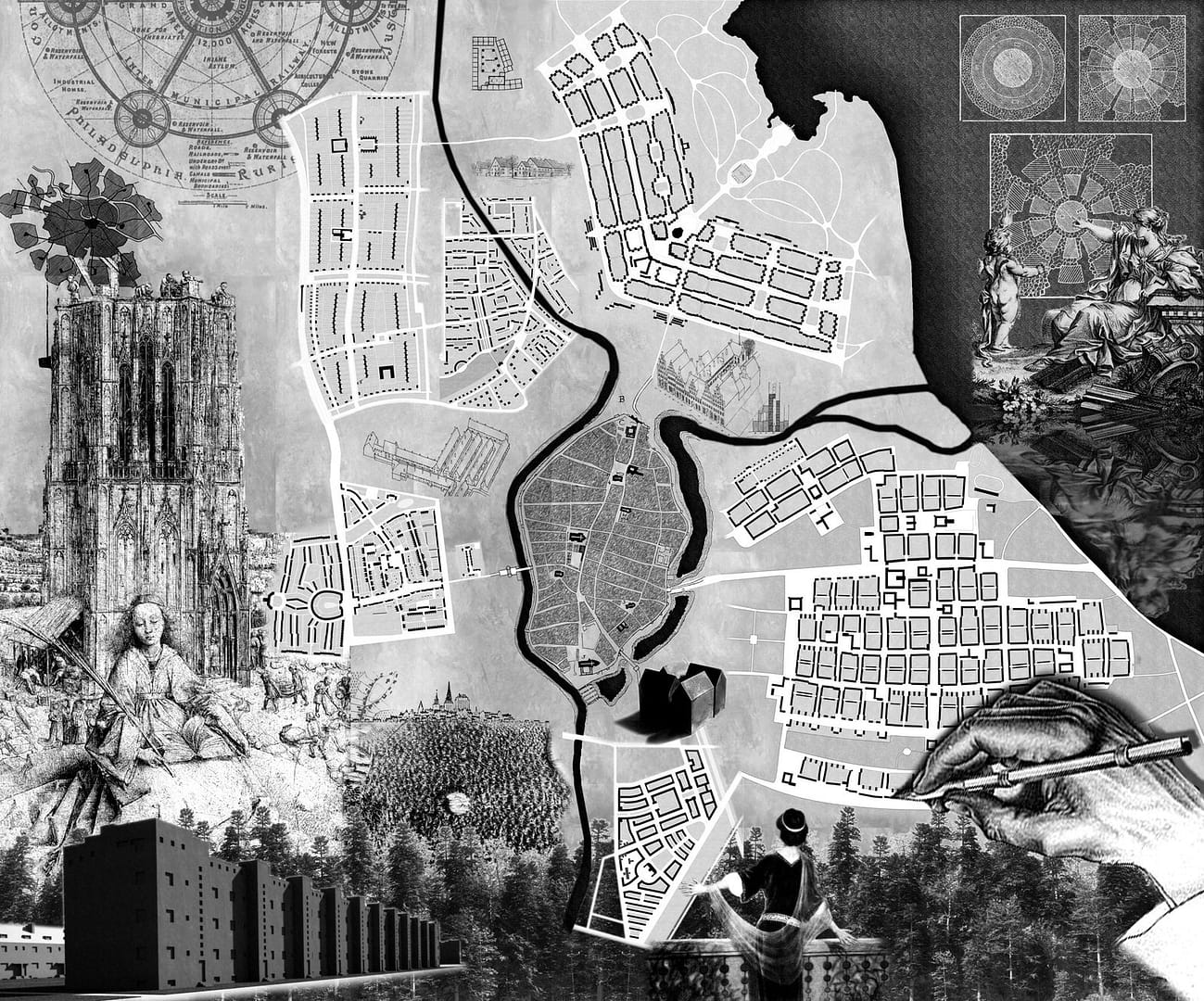




This thesis is part of a research line on German architecture of the ‘900, which attempts to discover the architects of the “New Tradition”, taking up a definition by K. Frampton. The expression was coined to distinguish a group of architects who conceive tradition as fundamental for the design. Tradition is not an act of defence of the past (its ancient forms and values) but a “legacy”, a concrete object that carries a benefit and constantly inherited by generations. At the beginning of the XIX century, architects like Theodor Fischer, Fritz Schumacher, Heinrich Tessenow, Paul Bonatz, Paul Schmitthenner and Hans Döllgast (to name but a few), have realized significant buildings during their design experience. This dissertation attempts to provide an answer to the following question: these masters of architecture, strongly devoted to tradition, what kind of city did they imagine? What about the ideal context, in which their architectures should insert?
It is easy to imagine that these devoted architects do not reset the inherited city but imagine the evolution of the urban environment, following the humanistic teaching in defence of a “healty” life and culture. They imagine the city of man, whose urban spaces are always the places of the Gemeinschaft (the community according to F. Tönnies). The revolutionary nature of the thought is consistent if compared to the predominant thinking in the aftermath of the Industrial Revolution: the human aspect was no longer considered, everything was subdued to the technique. Even the art movements of the age, notably the German Expressionism, had denounced the evil of the “city of the despair” shaped by the technique. However, the alternative to the Großstadt is not the village, basically the other side of the coin, but rather the Kleinstadt or the city that maintains the man’s spaces. This represents a different way of building the city, which has not abandoned its form to the dominion of technique.